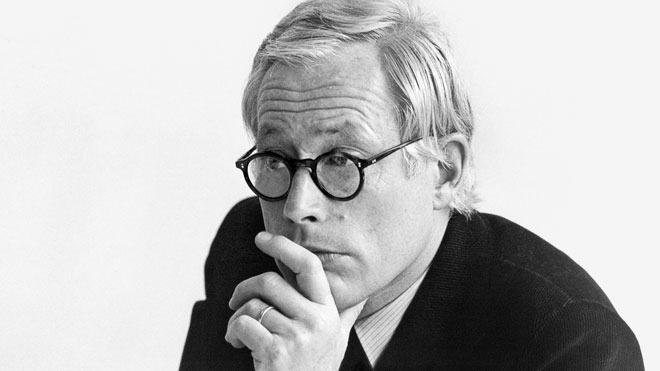- Good design is innovative
The possibilities for innovation are not, by any means, exhausted. Technological development is always offering new opportunities for innovative design. But innovative design always develops in tandem with innovative technology, and can never be an end in itself.
- Good design makes a product useful
A product is bought to be used. It has to satisfy certain criteria, not only functional, but also psychological and aesthetic. Good design emphasises the usefulness of a product whilst disregarding anything that could possibly detract from it.
- Good design is aesthetic
The aesthetic quality of a product is integral to its usefulness because products we use every day affect our person and our well-being. But only well-executed objects can be beautiful.
- Good design makes a product understandable
It clarifies the product’s structure. Better still, it can make the product talk. At best, it is self-explanatory.
- Good design is unobtrusive
Products fulfilling a purpose are like tools. They are neither decorative objects nor works of art. Their design should therefore be both neutral and restrained, to leave room for the user’s self-expression.
- Good design is honest
It does not make a product more innovative, powerful or valuable than it really is. It does not attempt to manipulate the consumer with promises that cannot be kept.
- Good design is long-lasting
It avoids being fashionable and therefore never appears antiquated. Unlike fashionable design, it lasts many years – even in today’s throwaway society.
- Good design is thorough down to the last detail
Nothing must be arbitrary or left to chance. Care and accuracy in the design process show respect towards the user.
- Good design is environmentally-friendly
Design makes an important contribution to the preservation of the environment. It conserves resources and minimises physical and visual pollution throughout the lifecycle of the product.
- Good design is as little design as possible
Less, but better – because it concentrates on the essential aspects, and the products are not burdened with non-essentials.
About Dieter Rams

Rams is possibly the most well-known German industrial designer, who not only produced—or directly oversaw— the design of more than 500 products in the course of his 40 years of service for Braun, but also established and headed a design department, which was extremely productive and made a global enterprise out of the company Radio Braun of Frankfurt. To date, Rams and Braun represent what is considered the typical German design approach, in which thoroughness, straightforwardness, clarity, and meaningfulness play a special role.
Born in Wiesbaden in 1932, the much-honored and highly distinguished designer was a graduate of the innovative Wiesbaden Werkkunstschule. Following his initial employment in the architectural firm of Otto Apel, Rams took a position at Braun in 1955 as an interior designer. At the time, the two young Braun family heirs, Erwin and Artur Braun, were in search of a new approach to the design of their radios, shavers, and household appliances in a manner keeping with the spirit of the times. In the "Braun lab" of the 1950s, to which the Bauhaus designers Wilhelm Wagenfeld and Herbert Hirche as well as the young design academy Hochschule für Gestaltung in Ulm contributed substantially, Rams soon took a leading position; in 1961 he was appointed head of the newly established design department. Already in the early years of the new decade, Braun design earned the highest recognition through awards and exhibitions at the Milan Triennale, the World Fair in Brussels, and the Museum of Modern Art, New York. Rams's furniture designs for Vitsœ further carved out a permanent place for their products in the residential environments of contemporaries with a modern consciousness.
Quoted from original article "Exhibition Less and More: The Design Ethos of Dieter Rams", published by SFMOMA, as found Oct 2018